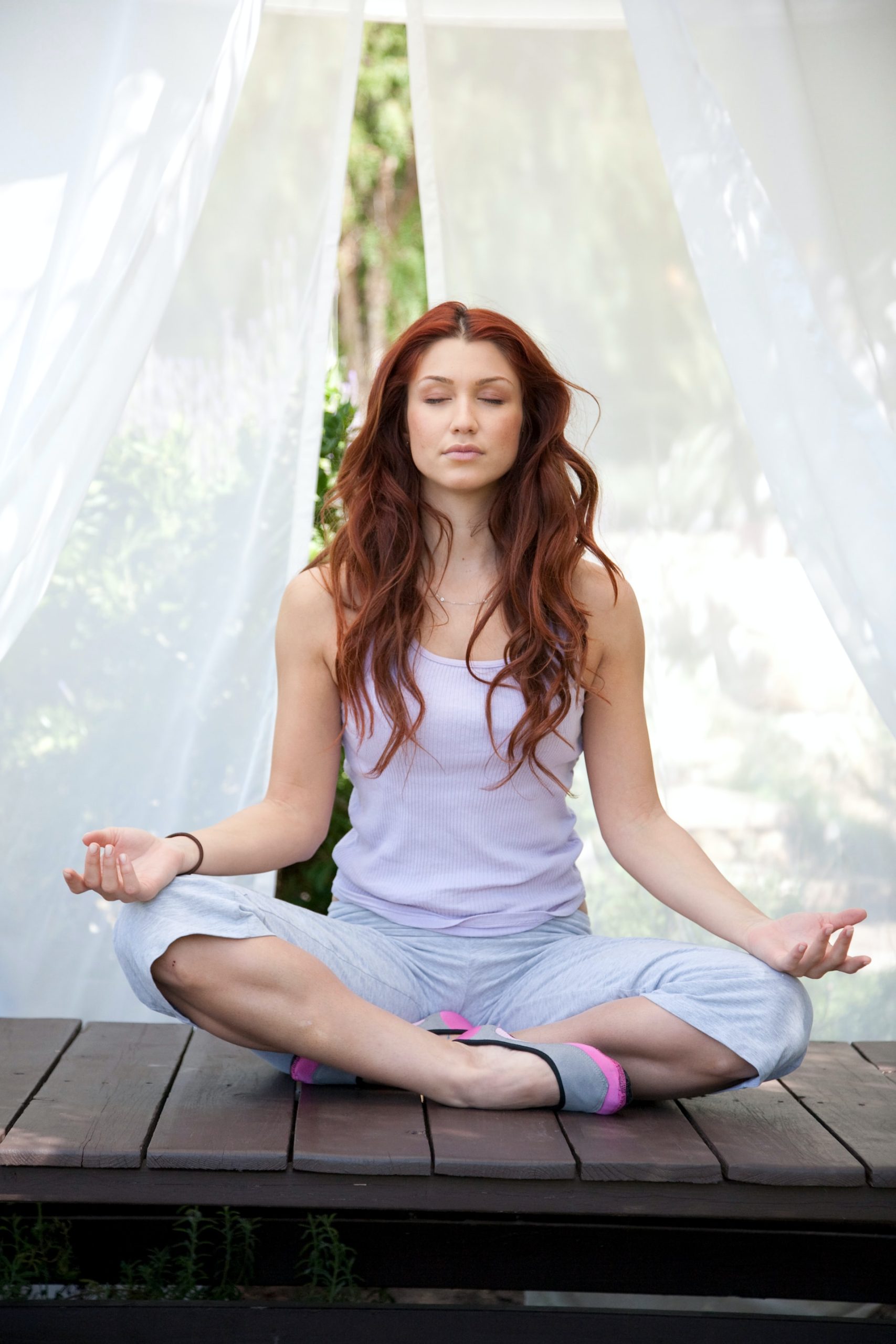Introduction
Meditation for mindfulness has a strong impact that fosters our capability to remain completely aware, attentive to our surroundings. Moreover, it assists us in becoming not as responsive to outside stimuli. Through embracing awareness, one can involve in daily existence with heightened consciousness and attain inner serenity in the midst of turmoil. Regardless of structured mindfulness practice or regular tasks, cultivating mindfulness can evolve into a crucial element of our being.
What is Mindfulness?
Awareness is an inherent ability to be entirely here and mindful of our behaviors, ideas, and feelings without getting overpowered by outside situations. This requires staying present, non-judgmentally or overreacting. Awareness can be done using structured meditation practices. This can additionally be done by becoming more purposeful and attentive in the daily actions.
Mindfulness on the Go
Awareness can be incorporated into diverse day-to-day chores, changing them into significant encounters. If we practice mindfulness, we involve all our senses, develop greater focus on our thoughts and emotions, and genuinely exist in the current moment. Through integrating attention in day-to-day actions. One can engage in it even amidst the most chaotic schedules.
Learning How to Meditate
To start your mindful meditation routine, reserve a specific interval for your session of mindfulness. Begin with a brief period, similar to five or ten minutes, and progressively boost it over a period. Discover a serene location inside your residence or outside, uninterrupted by distractions, where you can unwind and sit with comfort.

Methods for Engage in Focused Mindfulness
Take a seat on a steady and strong platform, like a recliner, contemplation mat, or settle.
Fold your legs relaxedly facing next to you in a seated position on a padded support on the ground. When using a seat, guarantee your toes make contact with the surface.
Permit your spinal curvature and allow your neck and upper body find comfort and relaxation.
Maintain your arms at the same level against your body, giving your hands be positioned on your legs. Find a middle ground in the realm of extreme restriction and an excess of laxity.
Adjust Your Gaze: Gently tilt your chin downward and allow your vision to gently lower. One can cover your eyes to some extent or entirely if it is your preference.
Relax and Focus: Unwind your body and direct your focus to your breathing or physical sensations.
Follow Your Breath: Observe the sensory experiences as you take in and let out air while you breathe in and out. You can mentally observe “taking a breath” and “releasing air.”
In case your thoughts drift, calmly redirect your attention to your inhalation and exhalation without assessment.
Prior to any changes to your body, pause for a moment to choose purposefully, providing space for separation between your encounters and the steps you take.
Observe Without Reacting: Develop the habit of observing your thoughts and reactions without actively participating.
Once prepared, raise your eyes, observe your environment, and spend a moment to perceive your body and emotions. Determine how you prefer to keep going your schedule.
How Much Should I Meditate?
Practicing meditation not complicated yet difficult. The secret for achieving goals lies in being devoted to a consistent training routine. Although it’s only a handful of minutes daily. Reliability is greater than the length. Embrace this time you take a seat for meditation. Confirm your trust in beneficial transformation and personal well-being. New studies indicates that practicing mindfulness for a duration of 12 minutes, weekly for five days, may increase focus and mental capabilities. These results underscores the potential positive outcomes of integrating regular mindfulness practices into our regular activities.
Conclusion
Meditation for mindfulness brings about positive change enabling us to be entirely in the moment. This assists us to become more responsive and further involved in life. Regardless of structured meetings or regular routines, having a mindful approach can lead to better state of being. This can further lead to a profound emotional calmness. Welcome the uncomplicatedness and force of consciousness meditation. Integrate it a crucial element in your daily routine.




